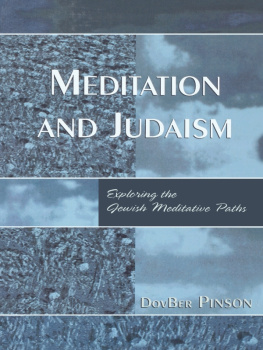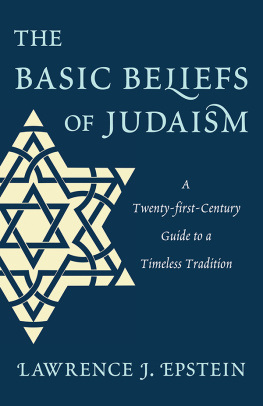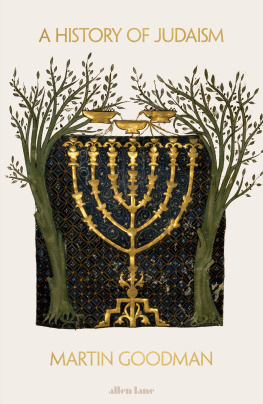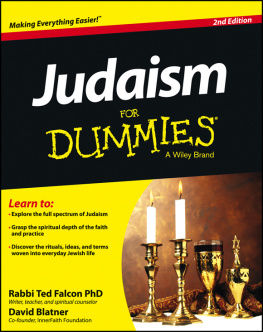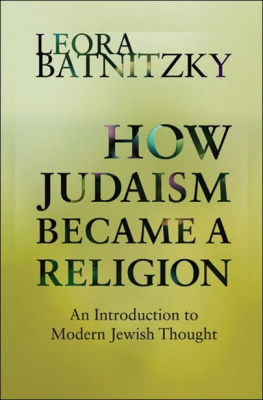JUDAISM
HISTORY, BELIEF, AND PRACTICE
THE BRITANNICA GUIDE TO RELIGION
JUDAISM
HISTORY, BELIEF, AND PRACTICE
EDITED BY MATT STEFON,
ASSISTANT EDITOR, RELIGION

Published in 2012 by Britannica Educational Publishing
(a trademark of Encyclopdia Britannica, Inc.)
in association with Rosen Educational Services, LLC
29 East 21st Street, New York, NY 10010.
Copyright 2012 Encyclopdia Britannica, Inc. Britannica, Encyclopdia Britannica,
and the Thistle logo are registered trademarks of Encyclopdia Britannica, Inc. All
rights reserved.
Rosen Educational Services materials copyright 2012 Rosen Educational Services, LLC.
All rights reserved.
Distributed exclusively by Rosen Educational Services.
For a listing of additional Britannica Educational Publishing titles, call toll free (800) 237-9932.
First Edition
Britannica Educational Publishing
Michael I. Levy: Executive Editor
J.E. Luebering: Senior Manager
Adam Augustyn, Assistant Manager, Encyclopaedia Britannica
Marilyn L. Barton: Senior Coordinator, Production Control
Steven Bosco: Director, Editorial Technologies
Lisa S. Braucher: Senior Producer and Data Editor
Yvette Charboneau: Senior Copy Editor
Kathy Nakamura: Manager, Media Acquisition
Matt Stefon: Assistant Editor, Religion
Rosen Educational Services
Heather M. Moore Niver: Editor
Nelson S: Art Director
Cindy Reiman: Photography Manager
Nicole Russo: Designer
Matthew Cauli: Cover Design
Introduction by Matt Stefon
Library of Congress Cataloging-in-Publication Data
Judaism: history, belief, and practice / edited by Matt Stefon.
p. cm.(The Britannica guide to religion)
In association with Britannica Educational Publishing, Rosen Educational Services.
Includes bibliographical references and index.
ISBN 978-1-61530-537-7 (eBook)
1. Judaism. I. Stefon, Matt.
BM562.J835 2012
296dc22
2010044168
On the front cover: The Western Wall, also known as the Wailing Wall, is all that remains of the Second Temple of Jerusalem. The wall is a scared place of prayer and pilgrimage to the Jewish people. David Sanger/The Image Bank/Getty Images
On the back cover: The mezuzah is inscribed with scriptural verses (Deuteronomy 6:49, 11:1321) to remind Jews of their obligations toward God. Shutterstock.com
On pages :The Four Questions, illustrated by Arthur Szyk. The Haggadah answers questions posed by children before the seder. Fotosearch/Archive Photos/Getty Images
Interior page borders image www.istockphoto.com/Arkady Mazor
CONTENTS
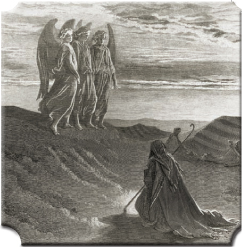
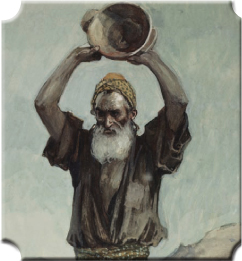
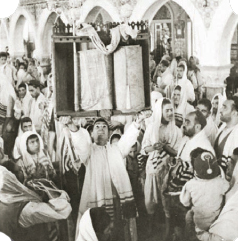
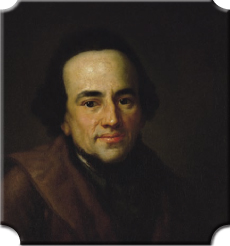

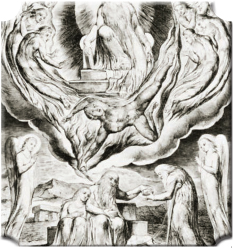


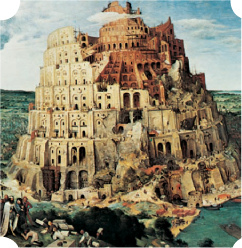



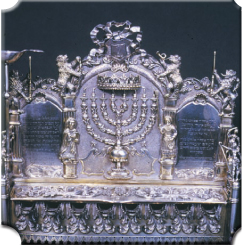

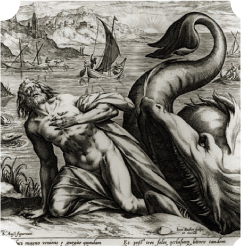

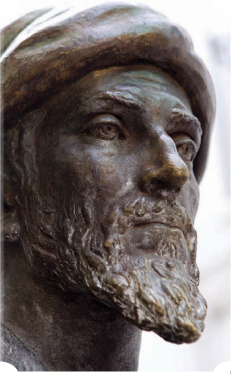
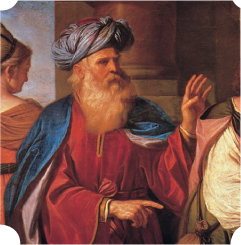



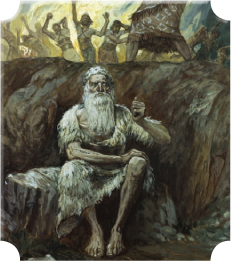
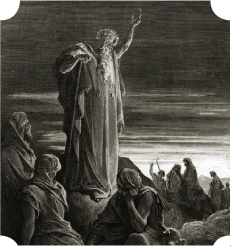
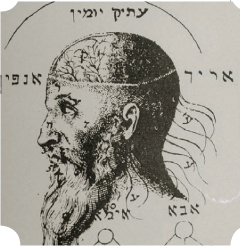
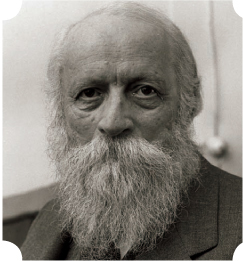

INTRODUCTION

Philo, also known as Philo of Alexandria, is regarded by most as the foremost representative of Hellenistic Judaism. Library of Congress Prints and Photographs Division
A lthough it is the smallest major religion of the world in number of adherents, Judaism is also one of the oldest. Only Hinduism, the origins of which are diverse and difficult to pin down with historical accuracy, can claim an earlier vintage. Perhaps the oldest monotheistic tradition still in existence, Judaism also influenced two other great monotheistic faiths, both of which trace their lineage to the ancient figure Abraham. Christianity began in the 1st century CE as a movement within Judaism but became increasingly distinct. Arising in the 7th century, Islam claimed to be the culmination of a long train of piety and prophecy that began with Abraham and was fulfilled or sealed with the last prophet, Muhammad. Yet alongside these other traditions, Judaism has remained a vibrant expression of the faith of a people and their relationship with the Ultimate.
This book presents a basic introduction to the beliefs, practices, and contemporary forms of Judaism. Jews interpret their relationship with God through historythus some sense of the historical context within which Judaism arose is necessary for a full understanding and appreciation of how the tradition is practiced today. Textual and archaeological evidence does not perfectly corroborate the biblical account, but the Exodus of the ancient Israelites from Egypt into the Promised Land is considered a foundational event in the sacred narrative that has shaped Jewish identity. Recalling his promise to Abraham that the latters descendents, collectively called Israel, would remain his chosen people and would become a great nation, YHWH (God) called Moses to lead the people of Israel out of bondage in Egypt and to the land of Canaan. YHWH revealed his law (including the Ten Commandments) to Moses and made through him a covenant with Israel: if the people kept the Law, YHWH would bless them and continue to show them his favour.
Next page

